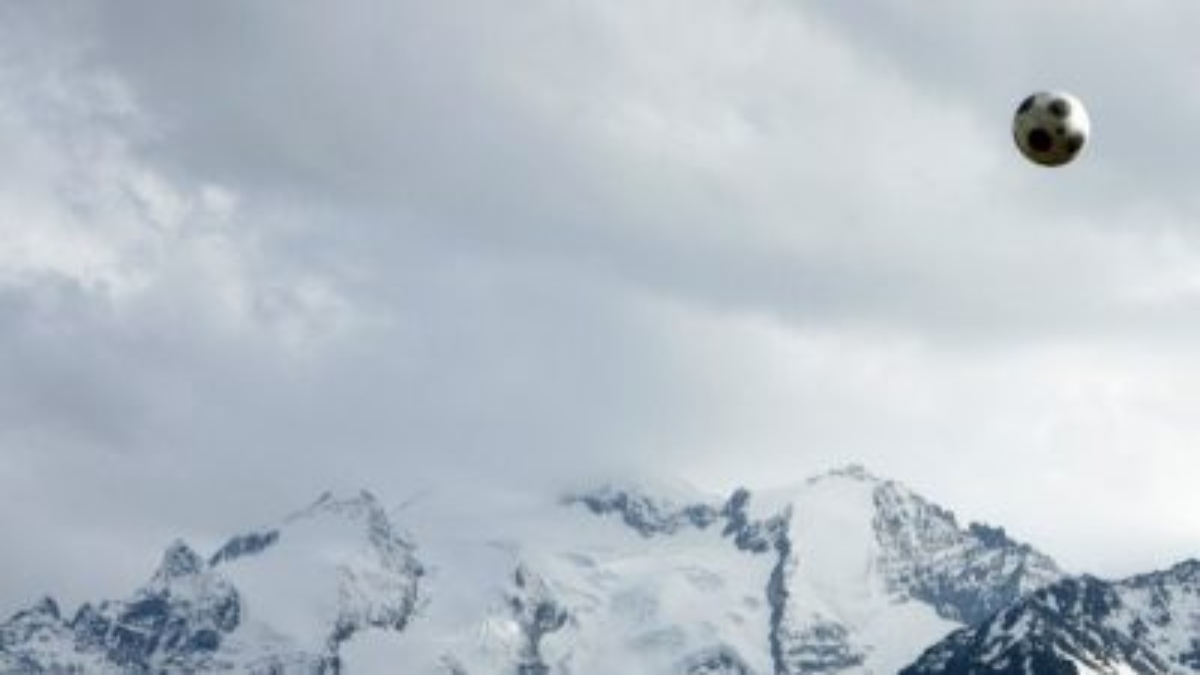Snowfall in the Alps decreased by an average of 34% between 1920 and 2020, with reductions ranging from 23% in the northern Alps to nearly 50% on the southwestern slopes, according to Phys.org, citing a study led by Eurac Research.
The study, published in the International Journal of Climatology, also explores how factors like altitude, temperature, and total precipitation influence snowfall patterns.
The data on seasonal snowfall and rain was collected from 46 sites across the Alps, with the most recent data sourced from modern weather stations. Historical records were compiled from handwritten logs, where designated observers documented the snowfall in inches at specific locations.
Through collaboration with multiple meteorological offices, environmental agencies, volunteer organisations, and the University of Trento, this wealth of information was consolidated. The team at Eurac Research then analysed the data to create a detailed overview of snowfall trends in the Alps from 1920 to 2020, reported Phys.org.
“There is a markedly negative trend in terms of fresh snowfall in the Alps with an overall decrease of about 34%. In particular, a notable decrease was observed after 1980. This date also coincides with an equally sharp increase in temperatures,” Phys.org quoted Michele Bozzoli, environmental meteorologist at Eurac Research and first author of the study, as saying.
The most significant negative trends are found in regions below 2,000 meters in southern areas like Italy, Slovenia, and parts of the Austrian Alps.
In northern Alpine regions such as Switzerland and northern Tyrol, altitude plays a key role.
Impact Shorts
More ShortsAccording to the report, while winter precipitation has increased, lower altitudes see more rain instead of snow due to rising temperatures.
However, higher elevations still maintain snowfall due to cooler temperatures. In the southwestern and southeastern areas, even higher altitudes are experiencing more rain than snow due to substantial temperature increases, added the report.
“Snow is crucial as a water reservoir. It feeds glaciers, mountain streams, and as it melts slowly in spring, replenishes water reserves gradually. The decrease in snow has an impact not only on winter sports, but also on all activities and processes that rely on water. This aspect can no longer be ignored in the policy planning of water management,” Bozzoli was quoted as saying.
With inputs from agencies


)

)
)
)
)
)
)
)
)



